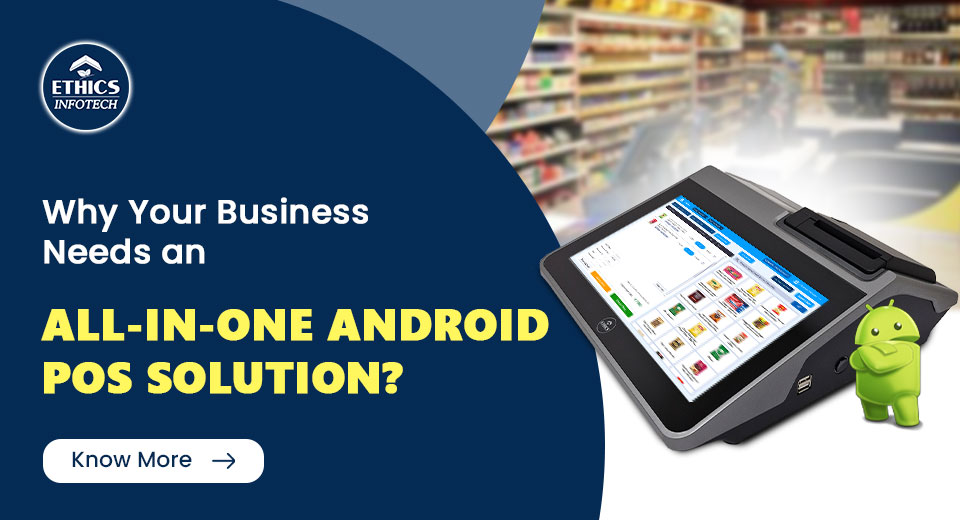Why Telescopic Belt Conveyors Are the Backbone of Modern Warehouses?
Let’s be honest, loading trucks manually in 2025 feels like sending faxes in the age of WhatsApp. It’s slow, repetitive, and one wrong move can throw off an entire shift. Every second wasted pushing trolleys or dragging cartons is a second you could’ve used for something way more useful.
Warehouses today aren’t just storage spaces; they’re high-pressure special areas for inventory, delivery deadlines, and customer expectations. But if your team is still hustling at the loading dock like it’s 1998, then you’re leaking time, money, and energy. That’s where the telescopic belt conveyor quietly steps in, no drama, just pure, optimized performance.
This stretchable genius isn’t here to replace your team; it’s here to upgrade your workflow. Smarter than manual handling, faster than traditional conveyors, and more flexible than your morning yoga class, the extendable conveyor system is the secret sauce behind faster dispatches, fewer injuries, and tighter control of automated package handling.
If you’ve ever wished your loading dock had a “fast-forward” button, this is it.
Let’s dive more into it.
The Basics: What’s a Telescopic Conveyor Belt, Really?
Think of a telescopic belt conveyor as the extend-and-retract version of your regular conveyor. Unlike fixed conveyors, these beauties stretch into truck containers and retract when the job’s done. They’re often adjustable in length, height, and speed, making them ideal for warehouse loading automation.
Now, we’re not just talking about reducing steps (literally), but also about optimizing human effort, increasing throughput, and reducing damage to goods. This is not a “cool new gadget”; this is smart infrastructure.
Key Features:
- Adjustable extension lengths
- Motorized movement
- Heavy-duty frame
- Controls for speed & direction
- Safety sensors and emergency stops
The result? Smooth, consistent, and safe material handling.
Why Are Modern Warehouses Saying Yes to Telescopic Conveyor Belts?
1. Time is Money—and Telescopic Belts Save Both
Let’s say you’re loading a truck with 1,000 boxes. Manually, it may take 4 workers, 2 hours, and probably 3 coffee breaks. With a telescopic belt conveyor, the same task can be done in less than half the time, with fewer workers and zero caffeine dependency.
Speed matters. Especially when shipping windows are tight, and e-commerce returns are flooding back. The automated package-handling capabilities of these systems can scale up your operations with little to no sweat.
2. No More Broken Backs: Better Ergonomics
Forklifts are great, but they’re not always practical. Workers shouldn’t have to bend, lift, and twist hundreds of times a day. That’s not work, it’s a physiotherapy plan waiting to happen. A telescopic belt conveyor brings the belt right to the worker, not the other way around.
Less walking. Less lifting. Fewer injuries.
3. Shrink the Labor Gap
Finding skilled labor for warehouse operations has become increasingly difficult. Due to automated systems, warehouses now employ fewer workers, yet expect more work to be completed. This is where warehouse loading automation shines.
With one or two operators, a telescopic belt conveyor can handle the job of four. That’s not replacing jobs, it’s making them smarter, safer, and more scalable.
4. Smart Integration with Warehouse Tech
In the age of smart logistics equipment, everything’s getting connected. Your WMS (Warehouse Management System) knows when a package is coming, your dock doors are automated, and your robotic arms are lifting stuff with ninja precision.
The extendable conveyor system fits perfectly into this ecosystem. It communicates with your other machines, adjusts its speed, and synchronizes with scanning and labeling systems. You’re not just buying a belt, you’re upgrading your warehouse IQ
Use Cases: Who Needs Telescopic Conveyors Anyway?
These systems are not limited to big corporations. Here’s who benefits:
- Third-Party Logistics (3PL) providers – High volume, faster turnaround
- E-commerce hubs – Continuous inflow and outflow of packages
- Retail Distribution Centers – Peak season = peak panic without automation
- Manufacturing units – Feeding raw materials into processes
- Courier & Parcel Services – Daily truck loading/unloading becomes efficient
- Wherever there’s a dock and a deadline, telescopic belt conveyors fit right in.
Common Misconceptions Solved
“It’s Too Expensive.”
Truth: Sure, it’s an investment. But calculate the cost of labor, errors, damages, and delays. You’ll see ROI in less than a year in most cases.
“Too Technical. My Team Can’t Handle It.”
Truth: If your team can handle a smartphone, they can handle this. It’s plug, play, and profit.
“I Don’t Have Space.”
Truth: They retract neatly and take less space than you think. In fact, they give you more usable warehouse space by reducing clutter at the dock.
Key Benefits Recap: Because We All Love a Good List
- Boosts productivity
- Reduces labor costs
- Minimizes product damage
- Improves safety
- Supports peak season loads
- Enhances warehouse automation
- Integrates easily with WMS
- Reduces loading/unloading time
- Ergonomically designed for worker safety
- And yes, every point is backed by data in real-world warehouses.
Final Thought: Are You Still Pushing Boxes or Pushing Limits?
In the grand scheme of warehouse upgrades, telescopic conveyor belts might not scream “futuristic,” but they are the quiet revolution happening at the dock door. They automate package handling, integrate with your systems, and let your team work smarter, not harder.
If your warehouse is still stuck in the “lift and carry” era, maybe it’s time to evolve. Because your competitors probably already have.
Looking to boost your warehouse game with reliable, high-performance telescopic belt conveyors?
Let’s talk automation, productivity, and profits.
Get in touch with our team today to explore extendable conveyor system solutions tailored to your business.
Because in a world of fast-moving goods, you can’t afford slow-moving systems.
Recent Post

27 November 2025
Why Your Business Needs an All-in-One Android POS Solution?

17 November 2025
